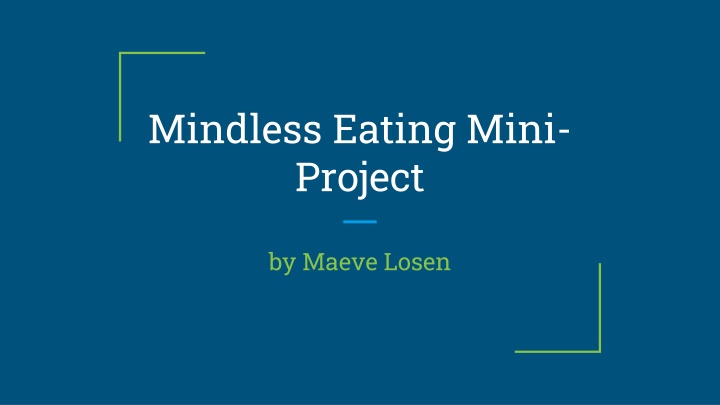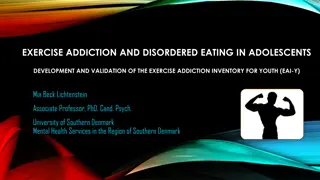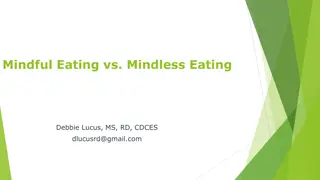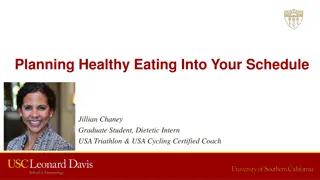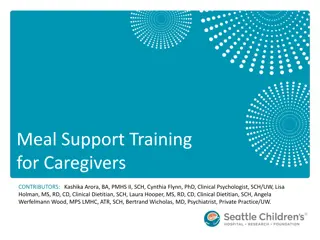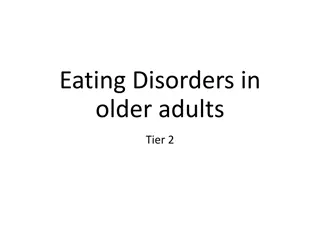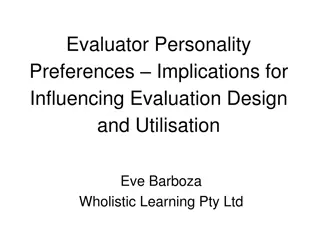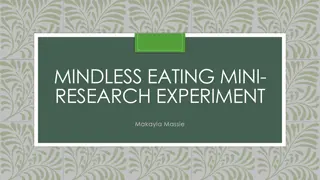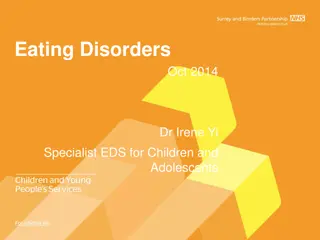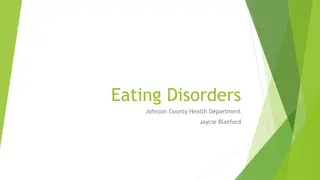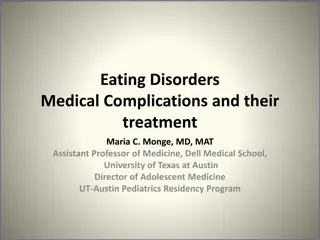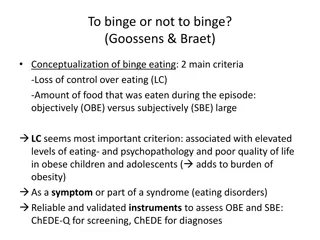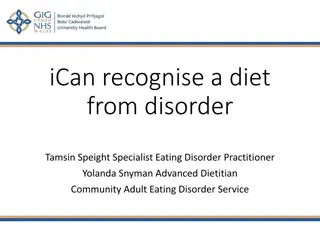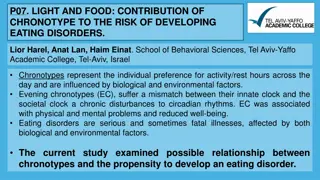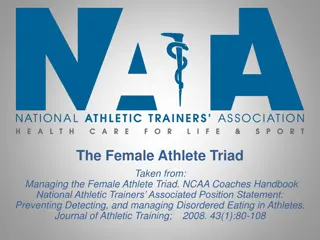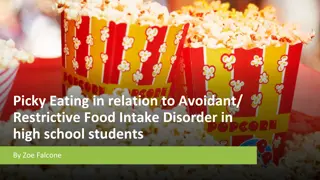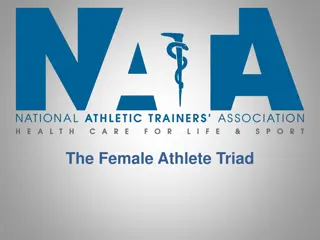Mindless Eating Preferences Among College Students
Investigating snack food choices among college students to determine preferences for healthy vs. unhealthy options. Research methods, findings, and implications are discussed based on data collected from a sample group. The study sheds light on the nutritional content of favorite snacks and highlights potential implications for overall health.
Uploaded on Apr 09, 2025 | 1 Views
Download Presentation

Please find below an Image/Link to download the presentation.
The content on the website is provided AS IS for your information and personal use only. It may not be sold, licensed, or shared on other websites without obtaining consent from the author.If you encounter any issues during the download, it is possible that the publisher has removed the file from their server.
You are allowed to download the files provided on this website for personal or commercial use, subject to the condition that they are used lawfully. All files are the property of their respective owners.
The content on the website is provided AS IS for your information and personal use only. It may not be sold, licensed, or shared on other websites without obtaining consent from the author.
E N D
Presentation Transcript
Mindless Eating Mini- Project by Maeve Losen
Describe the topic & research methods: Overall idea is to measure what is typically more popular and if healthier foods are a more go-to snack versus unhealthy foods Ask about an individual s favorite snack food, along with the specifics about it Categorize it under a certain health or food content Finally, compare whether the favorite snacks tend to be
Why researching this topic & research is relevant to the general population: It is found/believed that more people prefer unhealthy snack foods, like chips or candy, versus healthy foods, like vegetables or fruit, and this, in turn, may add more calories or unnecessary nutritional content to an individual s body, and affecting their overall health.
Who was studied: (all of those asked are current college students) Male, age 19: Golden Oreos Female, age 18: Chips (no specification) Female, age 18: Pretzels Female, age 18: Pretzels Female, age 21: Chips Male, age 19: Popcorn, w/ butter Female, age 18: Goldfish
The Hypothesis: My hypothesis was that: There will be a higher volume of people who prefer unhealthy snack foods over healthy snack foods.
Study Methods: Individuals were asked their favorite snack food Recorded along with their age and gender, and then The nutritional content of that snack was researched and categorized, such as into: high carbs, high calorie, high fat content, high vitamin count, etc
Findings of the research: (if no specification, most popular brand was chosen for the findings) Golden Oreos: serving 3, cal 170, total fat 7g, carbs 25g, sugars 12g Reg. Potato Chips: serving 1oz, cal 155, total fat 10.6g, carbs 14.1g, sugars 0.1g Hard Pretzels: serving 60g, cal 227, total fat 1.4g, carbs 47.5g, sugars 1.7g Popcorn w/ Butter: serving 100g, cal 170, total fat 12g, carbs 13g, sugars 0.9g Cheddar Goldfish: serving 100g, cal 140, total fat 5g, carbs 20g, sugars 1g Nature Valley Oats n Honey: serving 2 bars (46g), cal 210, total fat 9g, carbs 31g, sugars 12g Sugar Cookies: serving 1 cookie (15g), cal 72, total fat 3.2g, carbs 10.2g, sugars 5.7g
Were the results similar throughout? Yes, for the most part each snack food, though some may be considered healthier than another, was high in some aspect, either calorie, fat, carbohydrate, or sugar. Most foods throughout the experiment were found to be a higher calorie food.
Did the findings match the hypothesis? Yes, the findings did match the hypothesis. It was found that people are more likely to choose unhealthy snack foods over more healthier options, such as fruits, vegetables, or lean proteins.
What observations/opinions can you make regarding the results and the Longwood University population? From my findings, I have observed that college students here at Longwood are more likely to eat unhealthier food and snack items rather than healthier options. This may be due because healthier options are harder to come by, such as local stores don t have great produce, unhealthy options are easier and cheaper, or the students are having difficulty transitioning to making their own choices food wise in comparison to living at home where parents may control their opinions and choices.
These results can help change Mindless eating by: Showing students current trends in food options around campus and help them choose better foods Bring awareness to the reasons why students may choose less healthy options and the school may make changes to help students eat healthier
